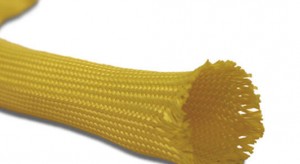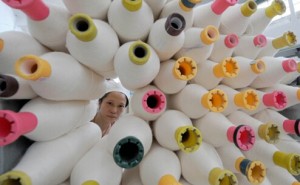With improvement of people’s life, the refresh rate of clothing is accelerating constantly. Piles of old clothing have become some kind of burden for many families. In July 2014, Environmental and Resources Committee of China Textile Industry Association organize No Old Clothing Discarded – China Brand Clothing Recycling Programme. From this activity, some enterprises from Keqiao detect business chances and work on the old clothing
1. Donating old clothing in the past was usually refused by grantees.
Several years ago, people used to donate those second-hand clothing. This can help others on one hand and solve the accumulated old clothing problems on the other hand. However, according to survey, we found that donation of old clothing are often refused in Shaoxing.
2. Value of discarded old clothing each year equals to half of Daqing Oilfield.
The production of clothing, from silk to cloth and then garment, cost numerous energy and time of works, as well as countless power. However, they are discarded in the end. Shortly before, China Textile Industry Association indicated that: China generates about 20 million tons of old textile products. Completely recycling those products can provide chemical fiber and natural fiber which can produce up to 24 million tons of crude oil. This amounts to oil production of nearly half of Daqing Oilfield. At the same time, they can reduce 80 million tons of carbon dioxide emissions and save almost one third of cotton area.
3. Many enterprises of Keqiao get involved in this activity to turn waste into wealth.
Facing piles of old clothing, many textile enterprises in Keqiao have discovered business chances. They work positively on exploring recycling and generative technology of fiber.
Guqiandao Green Fiber Co., Ltd. strives to develop intensive production and green circulatory economic industry. In 2012, they founded Zhejiang Lvyu Generative Macromolecule Material Company. This company mainly engaged in recycling waste textile products to produce recycled polyester chip and melt of high viscosity.

